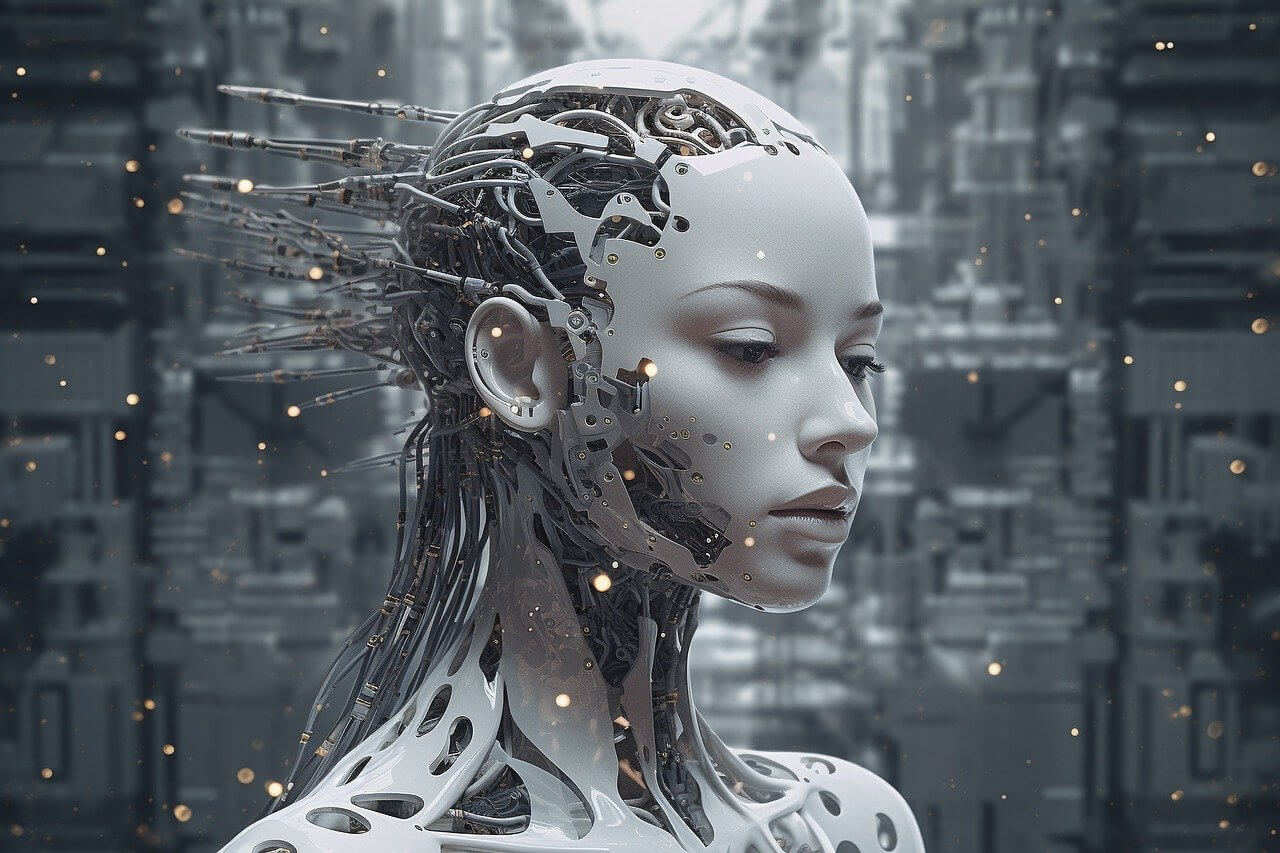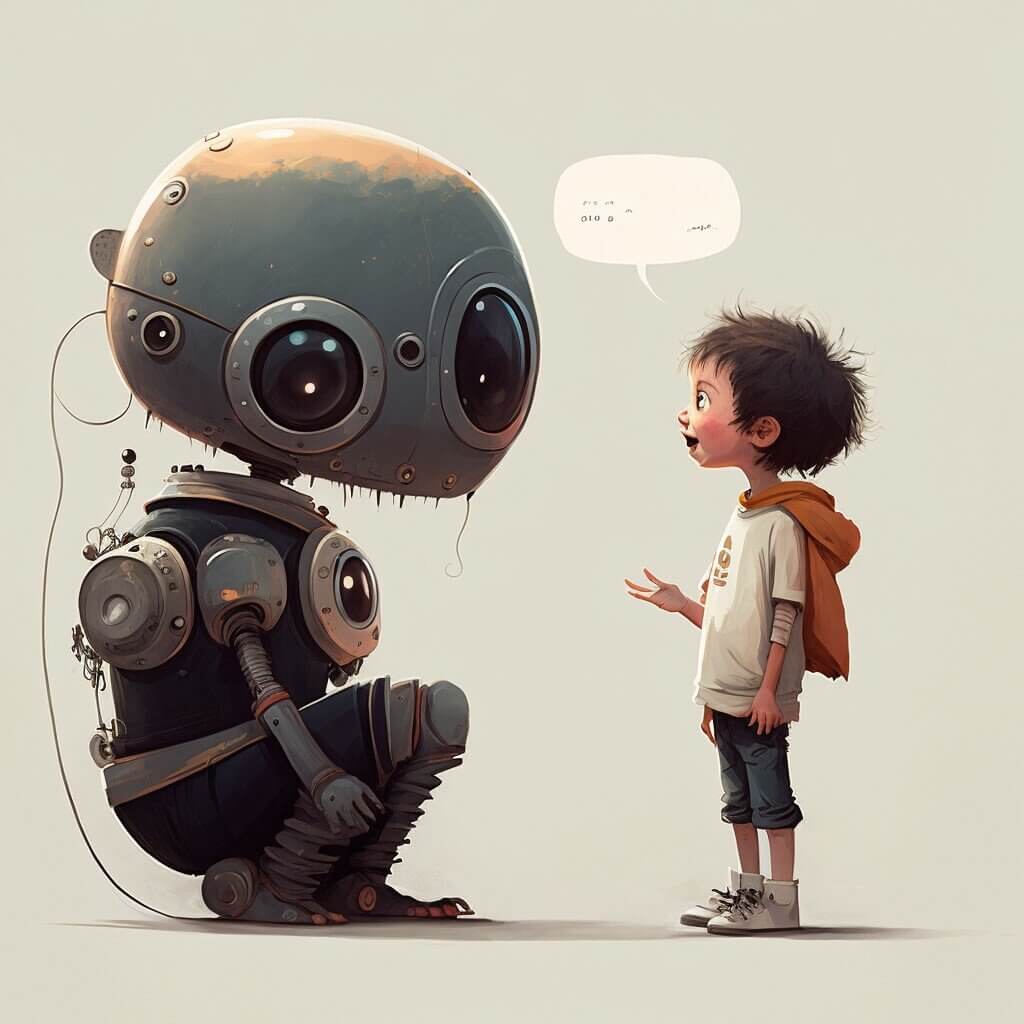“Do not use a cannon to kill a mosquito”: Should OpenAI Solve All Business Tasks?

 Have you ever considered a vertical sandwich to be an authentic sandwich? Most likely not, especially if you were expecting a normal one for breakfast. There’s no documented rule stating that a sandwich must be horizontal. However, from a machine learning perspective, a vertical sandwich does fill all the requirements of a sandwich.
Have you ever considered a vertical sandwich to be an authentic sandwich? Most likely not, especially if you were expecting a normal one for breakfast. There’s no documented rule stating that a sandwich must be horizontal. However, from a machine learning perspective, a vertical sandwich does fill all the requirements of a sandwich.
This example highlights how machine learning works by learning from humans.
While certain things may seem obvious to us, they may not be as apparent to a computer
When utilizing AI, it’s essential to exercise caution, especially when encountering situations like the vertical sandwich. The machine might assume something is 100% valid based on the available data and recipes, but it may not necessarily be the correct answer, warns Andre Melancia, a Developer/DBA/Certified Trainer at Microsoft.
During the Big Data Fest 2023, Andre discussed the features, disadvantages, and alternative possibilities of processing data with OpenAI services. The Prime View shares the key points of his speech.
Exploring a Range of Bots
Numerous bots offer AI capabilities to solve various types of tasks. Many of these bots are standalone web services that work well in most scenarios.
One of the most notable bots in the industry is ChatGPT, provided by OpenAI. It has garnered considerable attention and gained immense popularity in the recent months.
OpenAI provides a wide range of models:
– GPT-3 (the most advanced model, which features 175 billion parameters and is capable of performing a wide array of language tasks).
– Codex (designed for code generation and understanding. It can assist in tasks like writing code, providing code completions, and even translating natural language into code).
– DALL·E (used for generating original images based on textual descriptions).
– InstructGPT (specializes in following instructions in natural languages, such as helping with recipes, providing directions, or assisting in assembly processes), etc.
Additionally, there is the AI Text Classifier, which determines whether a human or a robot likely wrote the text. It assists teachers in grading essays and providing feedback to students. Also, Text Classifier are commonly used in email systems and messaging platforms to filter out spam or unwanted messages.
The second option is Bing Chat/Bing Copilot/Other MS Copilot. Released this February, Bing Chat primarily functions as a search engine to access web results and up-to-date information. ChatGPT, by the way, has yet to learn about recent events. Also, Bing Chat is available on more platforms than ChatGPT.
Bing provides official support for numerous non-English languages, while ChatGPT also possesses the ability to understand multiple languages. However, it’s worth noting that the majority of ChatGPT’s training primarily focused on English vocabulary and examples.
On the other side, ChatGPT can generate longer and more creative responses. But that could impact the accuracy of the answer.
While the generic information generated by ChatGPT or Bing Chat is helpful, it’s crucial to approach it critically and verify its accuracy through fact-checking, reliable online multiple sources, and critical thinking.
The third choice on the list of bots, and my personal preference, is Azure Bots/Power Virtual Agents. These platforms leverage the Bot Framework and utilize Cognitive Services (PVR in SaaS), such as computer vision, custom vision, speech and language services, and translation.
It gives the best result in processing data. For instance, when it comes to translation, Azure Bots outperform ChatGPT due to their use of the Large Language Model (LLM). LLM comprehensively processes natural language data, generating text that resembles human language to facilitate meaningful conversations.

Another example is speech recognition and synthesis. Such a cognitive service converts spoken language into written text and vice versa. Also, it enables applications such as voice assistants, transcription services, and voice-controlled systems.
Considerations and Limitations
Chatbots can help ask questions but rely on something other than chatbots for critical business operations
There are a few disadvantages associated with using such tools. Machine learning is not an exact science, and while it can achieve 90% accuracy and quality in some cases, expecting higher levels of precision is unrealistic. Even with extensive training, it will always be challenging.
While ChatGPT can handle specific calculations, its numbers may only sometimes make sense as ChatGPT learns from various code examples, essentially repeating data from websites. In general, if over 50% of people claim that the Earth is flat or support a conspiracy theory or vaccine-related issues, chatbots may also ” believe ” it. They tend to accept something as accurate simply because there is a sufficient consensus to define it as apparently accurate.
Developers use ChatGPT in GitHub and Copilot for assistance in writing and responding to issues, generating code snippets, improving documentation, refactoring code, or even conducting code reviews. It’s essential to exercise caution when relying on AI-generated results, particularly with newer tools like GitHub and Copilot. However, validating and reviewing the suggestions provided is necessary, as human judgment remains crucial.
Using copy-paste methods may result in spending more time fixing the generated code than it would have taken to create it from scratch. However, examine the results, understand how it works, and use it as a reference to build your code. If you require a piece of code, you can still consult ChatGPT for assistance.
An example relevant to Bing Chat involves querying your IP address while using a cloud service like Azure. Bing Chat identifies the IP address of the cloud server hosting the service rather than your home IP address. In this scenario, the response provided by Bing Chat might need to be revised.
By relying solely on these services, you might get associated security risks

Facts About AI Services You Might Not Know
You can use OpenAI services directly on its platform or Azure OpenAI. Azure OpenAI offers more billing (payments) options, additional benefits in managing data, and integration with the existing services and infrastructure of the Microsoft Azure cloud services. That is why utilizing OpenAI in the cloud with an Azure subscription is a thoughtful approach.
Azure OpenAI provides access to multiple models grouped by family and capability – model families typically group models based on their intended tasks.
Each model family consists of various models distinguished by their capabilities. Names typically identify these capabilities, and the alphabetical order of these names generally signifies each model’s relative capability and cost within a specific family. For example, GPT-3 models use names like Ada, Babbage, Curie, and Davinci to indicate their relative capability and cost. Davinci is the most capable and expensive, followed by Curie, Babbage, etc.
Here are a few examples:
GPT-4 models
GPT-4 can solve complex problems more accurately than any of OpenAI’s previous models. Like gpt-35-turbo, GPT-4 is optimized for chat but works well for traditional completion tasks.
GPT-3 models
The GPT-3 models can understand and generate natural language. The service offers four model capabilities, each with different levels of power and speed suitable for various tasks. Davinci is the most capable model, while Ada is the fastest.
Davinci
Ideal for complex intent, cause, and effect, and summarization tailored to the audience. Davinci can perform any task the other models can handle, often with less instruction. It delivers optimal results for applications requiring deep content understanding, such as audience-specific summarization and creative content generation. However, due to its increased capabilities, Davinci is more resource-intensive, making it slower and costlier than other models.
Curie
Curie strikes a balance between power and speed, offering good capability. While less robust than Davinci for analyzing complex text, Curie performs well in nuanced tasks like sentiment classification and summarization. It also excels in question-answering and general service chatbot scenarios. Suitable for language translation, complex classification, text sentiment analysis, and summarization.
Ada
Ada is the fastest model, capable of tasks like text parsing, address correction, and certain forms of classification that do not require excessive nuance. Useful for parsing text, simple classification, address correction, and keyword identification. You can improve Ada’s performance by providing more context.
Summing Up
As the Portuguese saying goes, “Don’t use a cannon to kill a mosquito.” This advice is not solely about pricing but rather about specialization. If you have a simple cognitive service that can do the job, opt for it rather than an AI bot. A small cognitive web service specializing in converting text to speech, predicting user behavior, or network monitoring, is likely the best option.
Remember that OpenAI (in its platform or as the Azure service) offers a wide range of models, and the one you currently have may not be the most suitable for your particular task. Utilize conditional programming when necessary, and don’t assume that OpenAI will have the right answer for every question.



